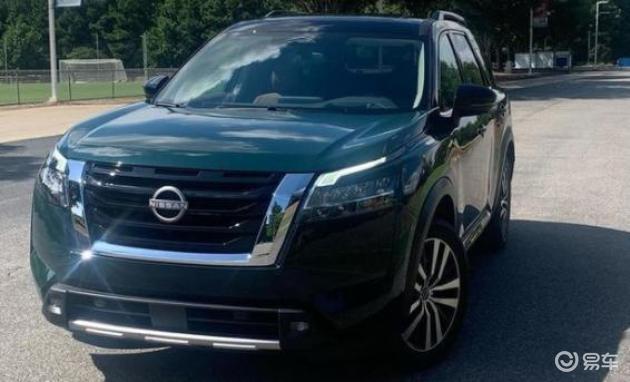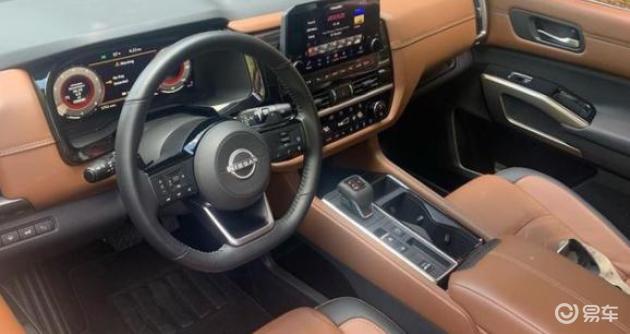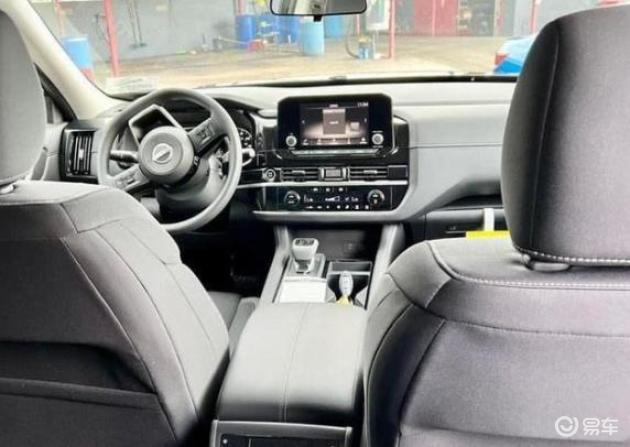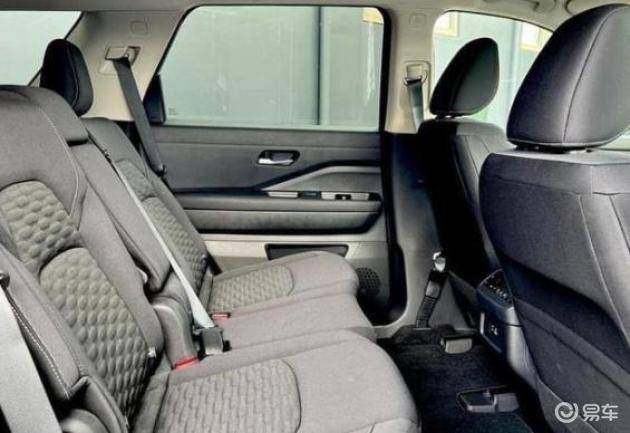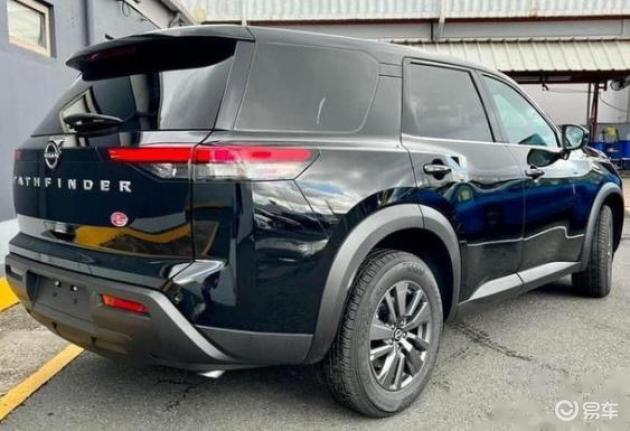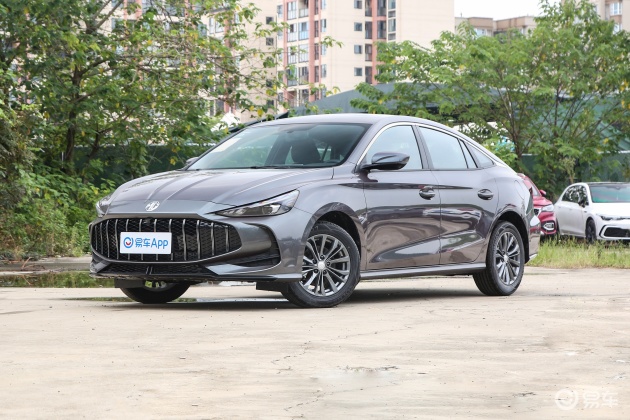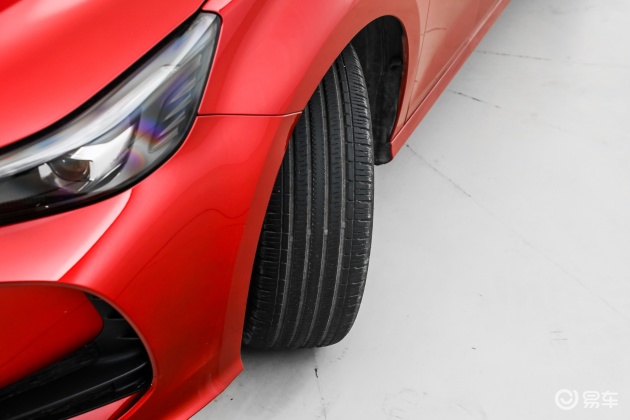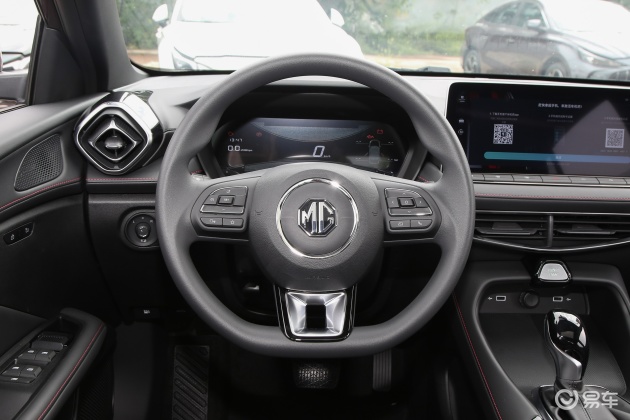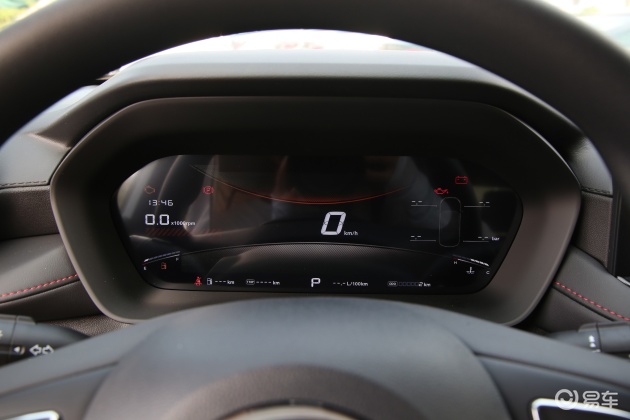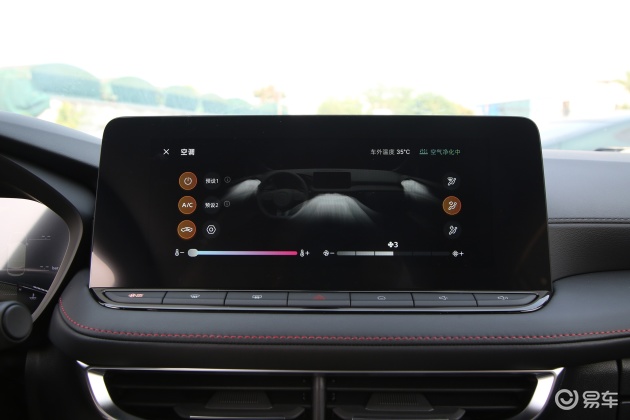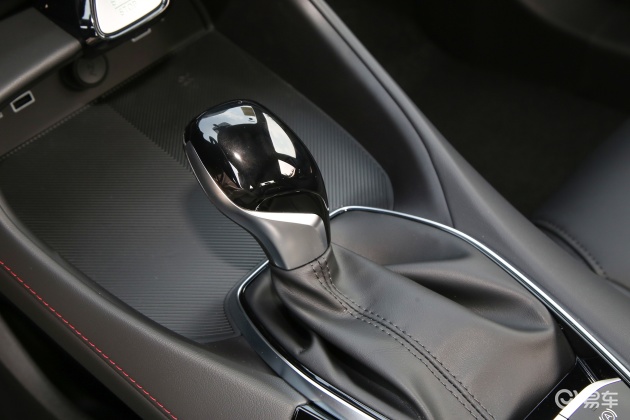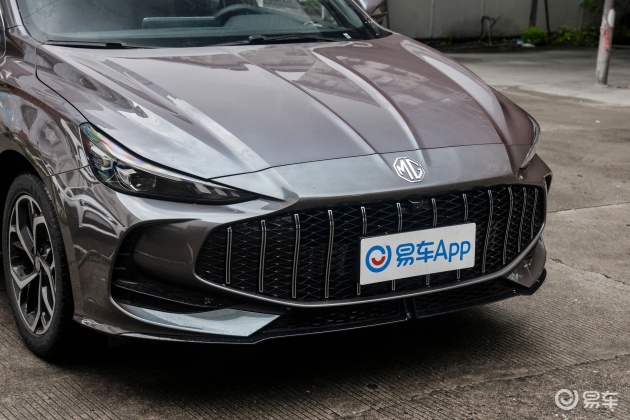The sweet-talking "sister" in the video is actually a liar? Large orders received by physical stores may involve money laundering? Is there fraud behind the ticket change call?
At present, the crime of telecommunication network fraud presents new trends and features. Not long ago, the "National Anti-fraud in Action" concentrated publicity month with the theme of "beware of new fraud methods and don’t be a tool of electric fraud" was officially launched. By continuously strengthening anti-fraud propaganda, the people’s anti-fraud awareness and ability to recognize fraud were further enhanced.

Promote drainage activities to go offline.
Be alert to the new trends and features of electronic fraud.

(On July 4, in a vineyard in Dunxi Village, Duntou Town, Hai ‘an City, Jiangsu Province, the police were preaching anti-fraud knowledge to fruit farmers. Photo by Zhou Qiang)
Not long ago, Ms. Zhang from Zhejiang received a call claiming to be "a policeman of XX Public Security Bureau", claiming that she was involved in a fraud case, and all the other fraudsters in the case had been arrested. In order to cooperate with the public security investigation, it is necessary to withdraw the money from the bank account and verify whether it is involved in fraud. Therefore, Ms. Zhang took out all the cash in the bank card. A few hours later, a man took the money away. It was not until Ms. Zhang wanted to ask about the progress of the fund verification that she found herself deceived and rushed to report the case.
"No meeting" and "no contact" are the prominent features of most telecommunication network fraud cases, but in some places, a new type of fraud has emerged, in which suspects pretend to be "police", "after-sales" and "salesman" and directly withdraw money face to face with the victims, which is more confusing, leading the victims to believe in the fraud and cause economic losses. " The police handling the case introduced.
In recent years, in the face of innovative and endless forms of electronic fraud, public security organs across the country have launched special actions such as "Yun Jian", "Cut off the card", "Cut off the flow" and "Pull out the nail" to crack down on telecommunication network fraud and related illegal crimes according to law.
"Drainage" is the "front-end service" of the electronic fraud chain. The victims were induced by various ways of "drainage" to join the designated WeChat group, QQ group or other groups, and then the fraudsters implemented single rebate and false investment and financial fraud on the people who joined the group.
Recently, the public security organs found in their work that with the continuous increase of network supervision, more and more fraud-related promotion and drainage activities were transferred to offline. Not long ago, Ding Mou and Wu Mou of luliang county saw a part-time advertisement in the WeChat circle of friends, so they went to the night market as required to "spread the stalls and drain", distributed small gifts to unspecified people and pulled them into various chat groups. After receiving the report, the public security organ immediately brought Ding Mou and Wu Mou back to investigate and found that there was an electric fraud gang behind them.
"In this kind of case, although some people realize that the’ drainage’ work is not normal, they can’t resist the temptation of money and get caught in it. And these behaviors are essentially helping electric fraudsters to engage in fraudulent activities. According to the law, it may be suspected of helping the letter or fraud. " The police handling the case said.
Strengthen early warning to discourage and freeze payment.
Continue to weave and build a protective net

(On June 24th, the police of Akeqing Border Police Station popularized the common sense of preventing telecommunication network fraud to the people in the jurisdiction. Photo by Wang Junan)
One evening, Ms. Wang from Benxi City, Liaoning Province received a phone call. The other party claimed to be a "customer service" of an e-commerce, saying that there was a problem with the quality of the goods purchased by Ms. Wang, and the manufacturer would give her a refund. Just as Ms. Wang was operating according to the requirements of "customer service", an early warning call from the investigation detachment of telecommunication network fraud crimes of Benxi Public Security Bureau came in: "You may receive a fraudulent call pretending to be an e-commerce customer service, so don’t believe it …"
"In our daily work, we will contact people who are at risk of being cheated at the first time according to the dissuasion call pushed by the system, reminding them that they have received fraudulent calls or logged into fraudulent apps, don’t transfer money, and be careful of scams." Zhao Yun, the detachment leader of the investigation team of telecommunication network fraud crimes in Benxi Public Security Bureau, introduced.
In Jiangsu, there are more than 1,600 full-time dissuasion teams guarding the people’s "money bags". "If you can’t keep up with the door-to-door dissuasion, you will often miss the best opportunity for early warning and disposal of funds." Sun Yuan, deputy director of the Zhujiang Road Police Station of Suyu Branch of Suqian Public Security Bureau, Jiangsu Province, introduced that full-time dissuasion police forces take the "first responsibility system" for the early warning instructions of funds, and each anti-fraud dissuasion team strives to complete the door-to-door meeting, disposal and feedback in the shortest time. Focus dissuasion police forces on the deceived people to the maximum extent.
Early warning and dissuasion for a minute or even a few seconds will have a completely different impact on the safety of people’s property. This sense of urgency against time is also reflected in the process of quick payment stop.
Not long ago, after receiving a report from the victim, Mr. Zhang, the Anti-fraud Sub-center of Changning Branch of Shanghai Public Security Bureau immediately started the payment stopping mechanism, and jointly frozen the relevant accounts with local banks, successfully freezing Mr. Zhang’s 200,000 yuan defrauded money in the first-class account. "By improving the quick payment stop mechanism, we simultaneously implement measures such as temporary protection of high-risk accounts, quick payment stop of completed accounts, and recovery and return of funds involved in the case in all aspects of early warning, receiving police and investigation, so as to minimize the loss of people’s property." Shen An Jun, the detachment leader of the ninth detachment of the Criminal Investigation Corps of the Shanghai Public Security Bureau, said that since the beginning of this year, relying on the front-end early warning and fund prevention system, more than 79,000 fraudulent transfers have been successfully blocked, directly avoiding the economic losses of the masses of more than 1.71 billion yuan.
In recent years, the public security organs have vigorously carried out early warning and dissuasion, frozen payment, and continued to build a protective net. Since 2023, the National Anti-Fraud Center has pushed 420 million early warning and dissuasion instructions, and public security organs have met 14.77 million people, made 310 million phone calls and sent 230 million dissuasion messages. Together with relevant departments, they have intercepted 3.7 billion fraudulent phone calls and 2.96 billion fraudulent messages, blocked 11.619 million fraudulent domain names and websites, and urgently intercepted 452.9 billion yuan of funds involved.
Carry out anti-fraud publicity activities
Improve the people’s awareness of fraud and fraud prevention

(On the evening of July 5, Wujiang Police Station of Maanshan City and County Public Security Bureau and Wujiang Police Station of Nanjing Pukou Branch launched anti-fraud propaganda at the junction of Jiangsu and Anhui in view of the characteristics of social security law in summer.
Photo by Yang Shanshan)
A cup of tea and a few watermelons, in the hot summer afternoon, Ma Yupu, a community policeman of Longhu Police Station of xinzheng city Public Security Bureau, set up a "safe tea stall" in his jurisdiction.
"If you receive a strange phone call, remember to call to verify; If you find that you have been cheated, you must call the police immediately … "Ma Yupu explained the common sense of anti-fraud to the passing residents, and everyone sat around and exchanged anti-fraud tips. "I sent a police-civilian contact card to everyone. Anyone who encounters suspicious circumstances can call me at any time." Ma Yupu said.
One night, Ma Yupu received a call for help from Ms. Wang, a merchant in her jurisdiction. Ms. Wang said that someone asked her to send her ID card information and verification code on the grounds of checking whether the store was operating in compliance. Just as she was about to input information, she thought of Ma Yupu’s usual anti-fraud propaganda and immediately called to verify the situation. After understanding the situation, Ma Yupu immediately determined that this was a fraud. "The identity information of our merchants is tied to the bank card. Fortunately, the police officer Ma stopped it in time, otherwise the losses would be unimaginable." Ms. Wang said gratefully.
In the auditorium of Zong otaku culture, Futian Street, Yiwu City, Zhejiang Province, with warm applause, colorful anti-fraud performances were staged in turn. On June 25th, Yiwu Public Security Bureau jointly held a series of activities of 2024 Anti-fraud Publicity Week. At the event site, citizens can participate in various anti-fraud games and activities, and learn more about anti-fraud knowledge through interactive experience.
The staff of Yiwu Branch of Bank of China who participated in the activity introduced that anti-fraud publicity panels were also set up in the bank outlets, so that citizens who came to handle business could intuitively understand the latest fraud methods and prevention skills and remind everyone to pay attention to protecting personal information and capital security.
Launch "anti-fraud propaganda into the campus" activities, and organize public welfare exhibitions of excellent anti-fraud films in rural areas and primary and secondary schools across the country … Recently, local public security organs have actively carried out various anti-fraud propaganda activities, and at the same time, they have joined forces with relevant industry departments to popularize anti-fraud knowledge to the masses and enhance their awareness of fraud prevention.

Published in the 11th edition of People’s Daily on July 10th, 2024.
People’s Daily reporter Zhang Tianpei
catalogs:51457; contentid:12822515; publishdate:2024-07-10; Author: Huang Tongxin; file:1720600270031-d79cd172-9f30-48ce-94a0-3422edae4fcd; source:29; From: People’s Daily’s WeChat account; timestamp:2024-07-10
16:31:07;
